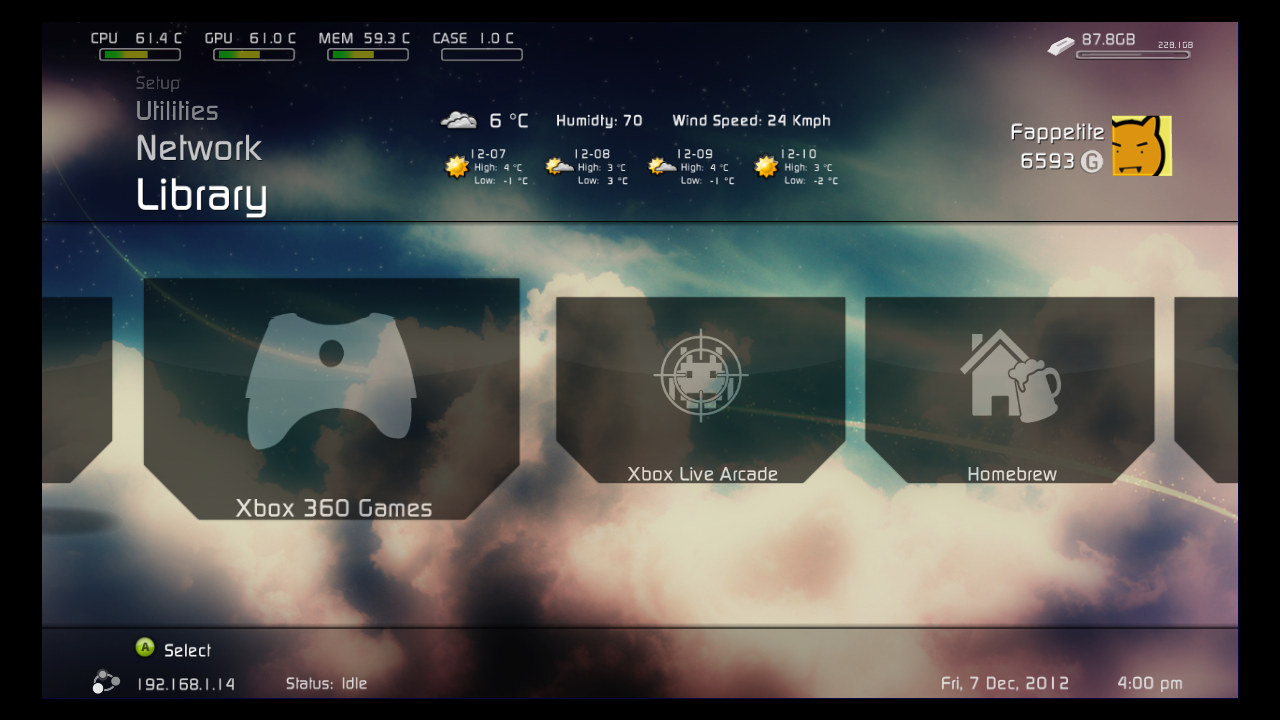
But there’s one important difference: Providing constant power via either source will run down your car battery. Like the cigarette lighter/auxiliary cables, the next two types of power connections, OBD-II and hard-wiring, require running cables around the dash and cabin. If you want constant power, that’s a special order and depends on whether your mirror has a constant 12-volt lead. These are by far the most convenient way to power your dash cam. Dongarĭongar makes power splitters that plug into powered rear mirrors. Note that these powered mirrors do not supply constant power by default. A power splitter such as those available from Dongar eliminates the need to run a cable more than a couple of inches. Rearview mirror adapterĪs your dash cam is likely to wind up close to the rearview mirror anyway, if said mirror is powered, you’re golden. The cable hanging down is ugly and distracting, and there are far more elegant solutions. If you’re not worried about style points, just plug the cable into the camera, then into your auxiliary power port.

(Most are USB cables with non-captive charging adapters).

The easiest but most obtrusive source is the ubiquitous auxiliary/cigarette lighter port cable. Most units separate the charger and the USB cable. Thinkware’s auxiliary charging cable with a captive USB cable. Running cablesĪfter you’ve mounted the dash cam, the next step is to run the power and other cables (GPS, rear camera, etc.) There are four different locations you can pull power from: the cigarette lighter/auxiliary port, a powered rearview mirror, the OBD-II connector, and the wiring harness under your dash. Once you remove the protective cover, guard the adhesive pad from schmutz, as that will affect the strength of the join. To avoid this frustration, I pop the adhesive pad (generally pre-attached to the mount) in the fridge for a couple of minutes. When it’s warm, it just doesn’t seem to want to part company.

Removing the adhesive mount’s stubborn protective coveringīy far the most problematic aspect of installing a dash cam for me has been getting that darn protective plastic sheet off the adhesive pad. It really helps to have a second person as well. Of course, phone cameras with leveling features will work, as will laser levels. This is what you should wind up with if you do it correctly.


 0 kommentar(er)
0 kommentar(er)
